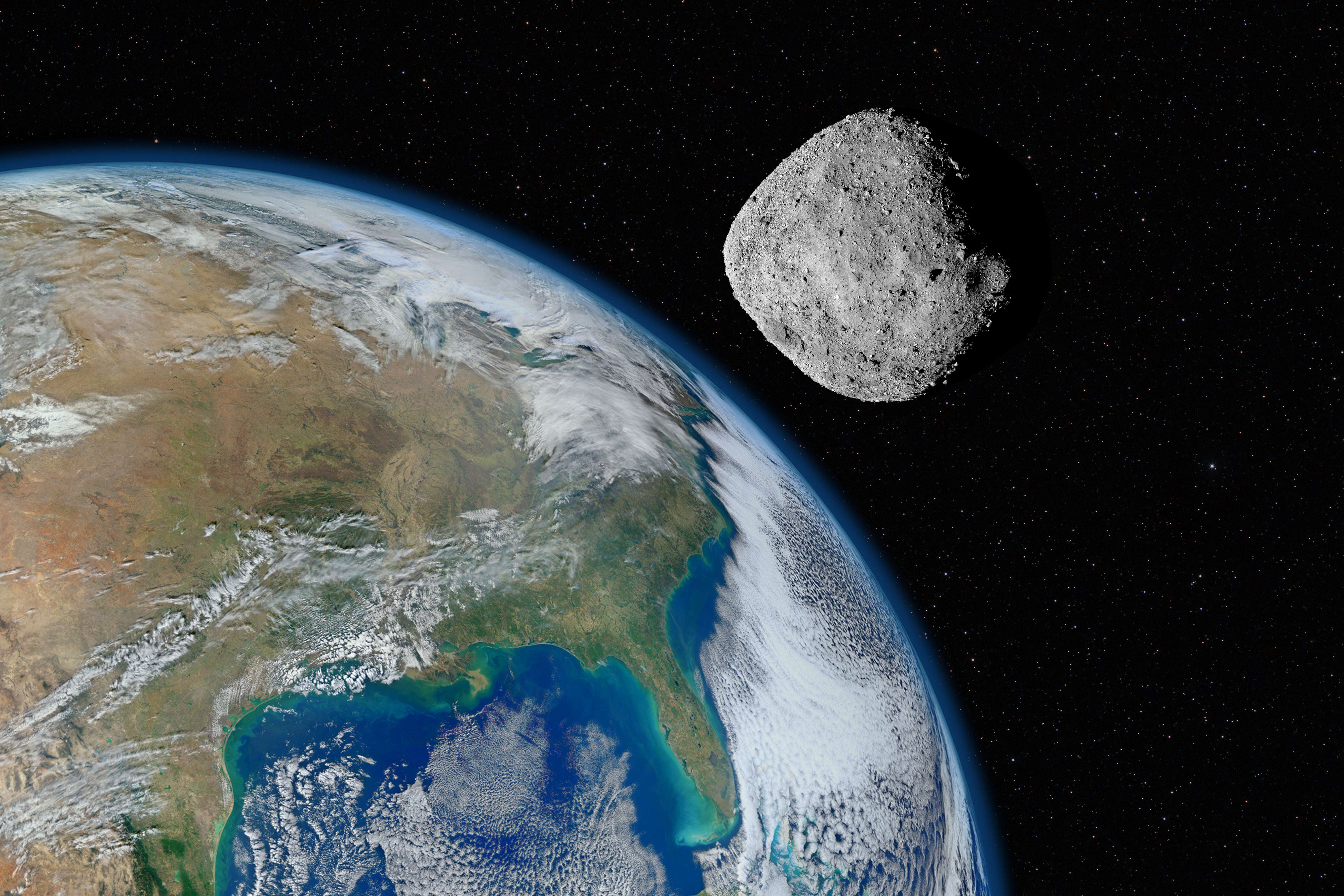Nasa says it was ‘completely wrong’ in its predictions about asteroid Bennu
Surface is like ‘stepping into a pit of plastic balls’

Scientists have discovered that the asteroid Bennu has a surface like “stepping into a pit of plastic balls”.
Nasa examined the sample of the asteroid gathered when OSIRIS-REx visited the space rock in October 2020, finding that Bennu’s exterior is made up of particles loosely packed and lightly bound to each other.
“If Bennu was completely packed, that would imply nearly solid rock, but we found a lot of void space in the surface,” said Kevin Walsh, a member of the OSIRIS-REx science team from Southwest Research Institute.
“Our expectations about the asteroid’s surface were completely wrong” added Dante Lauretta, principal investigator of OSIRIS-REx.
Scientists were shocked by the abundance of pebbles on Bennu’s surface, and that the spacecraft left a 8 meter-wide crater. “Every time we tested the sample pickup procedure in the lab, we barely made a divot,” Ms Lauretta said. Nasa’s mission team went back to take more photographs of the asteroid’s surface “to see how big of a mess we made,” Lauretta said.
Analysing the debris visible in before and after images of the “Nightingale” sample site, as well as acceleration data collected during the spacecraft’s touch down, Nasa found that OSIRIS-REx touched the asteroid it experienced the same amount of resistance a person would feel while squeezing the plunger on a French press coffee carafe.
“By the time we fired our thrusters to leave the surface we were still plunging into the asteroid,” said Ron Ballouz, an OSIRIS-REx scientist based at the Johns Hopkins Applied Physics Laboratory in Laurel, Maryland.
Hundreds of computer simulations were ran to deduce Bennu’s density and cohesion based on spacecraft images and acceleration information, before they found the one that closely-matched real-life data. The new information about Bennu’s surface can be used to help scientists better interpret remote observations of other asteroids.
This information could be used in designing future asteroid missions and developing methods to protect Earth from asteroid collisions.
“I think we’re still at the beginning of understanding what these bodies are, because they behave in very counterintuitive ways,” said Patrick Michel, an OSIRIS-REx scientist and director of research at the Centre National de la Recherche Scientifique.
Subscribe to Independent Premium to bookmark this article
Want to bookmark your favourite articles and stories to read or reference later? Start your Independent Premium subscription today.

Join our commenting forum
Join thought-provoking conversations, follow other Independent readers and see their replies